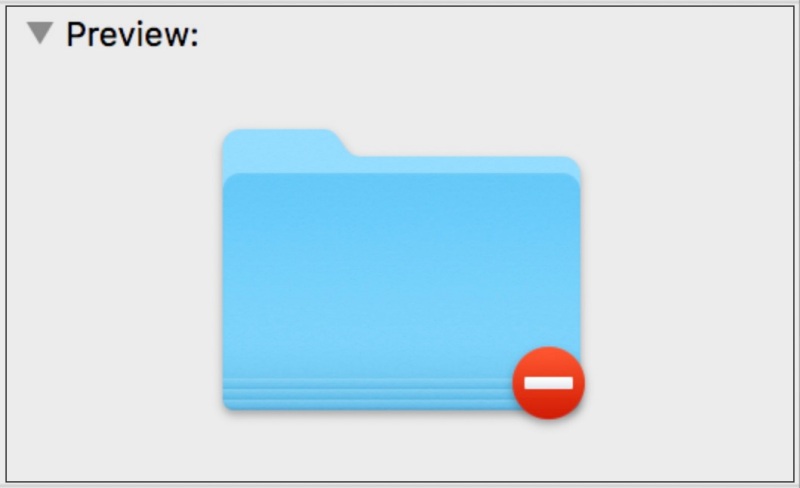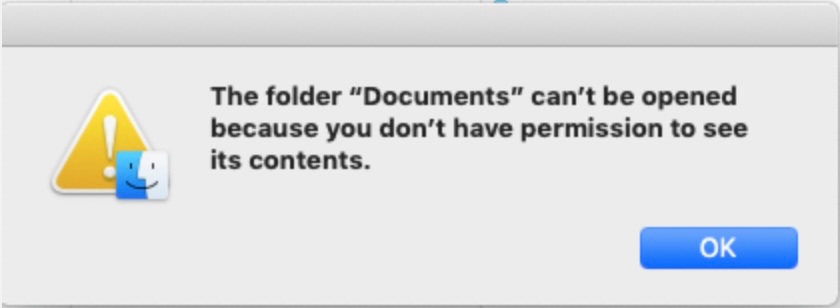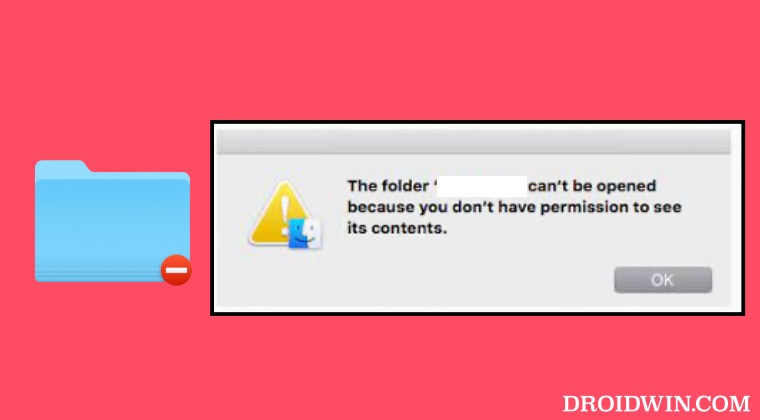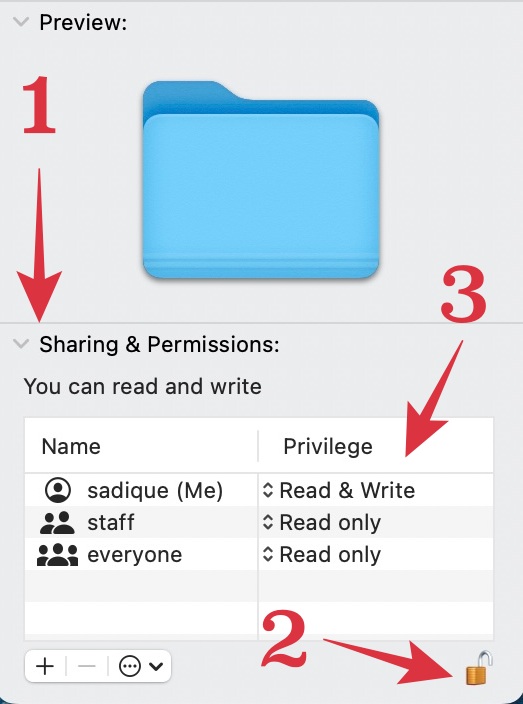Moreover, this error could also pop up if you had used Migration Assistant at a later stage to transfer the user accounts, instead of during the initial setup [more on that later on]. In all these instances, if you try and access that folder, you will be greeted with the following error message:
“The folder X can’t be opened because you don’t have permission to see its contents” [where X is the name of the folder]. if you are also currently getting bugged with this issue, then this guide will make you aware of a few nifty workarounds that shall help you rectify this bug. So without further ado, let’s check them out.
Fix macOS: The folder can’t be opened because you don’t have permission
It is recommended that you try out each of the below-mentioned workarounds and then see which one spells out success for you. So with that in mind, let’s get started.
FIX 1: Using Sharing and Permission Settings
FIX 2: Using the New Account Tweak
FIX 3: Transfer User Account during OS installation
When you are installing a new OS with a single admin user, then you should transfer the user account at that instance itself. If you instead do so at a later stage via Migration Assistant, then it will end up generating new users with the same names but different user IDs. This, in turn, would assign wrong permissions and you would be greeted with the “The folder can’t be opened because you don’t have permission” error on your macOS. So to avoid that from happening, also make it a golden rule to transfer the user account during the installation stage itself. That’s it. These were the three different methods that shall help you fix the “The folder can’t be opened because you don’t have permission” error in macOS. If you have any queries concerning the aforementioned steps, do let us know in the comments. We will get back to you with a solution at the earliest.
SMB Samba Share not working in macOS Monterey: How to FixCannot Upload Files via Chrome in macOS: How to FixUSB-C Ethernet Adapter not working in Mac: How to Fixnsmb.conf file missing from Preferences or Etc folder on Mac [Fixed]
About Chief Editor



